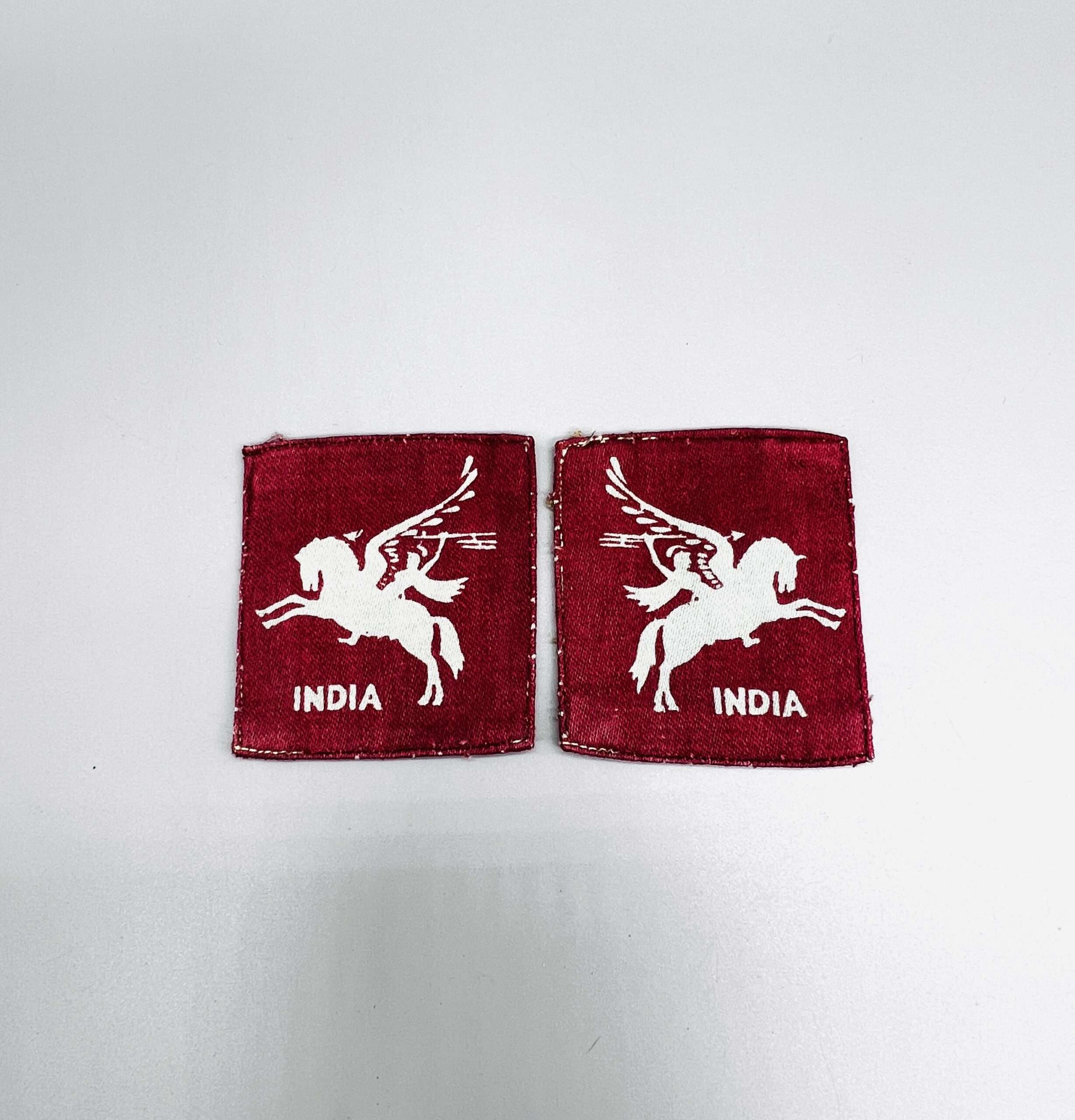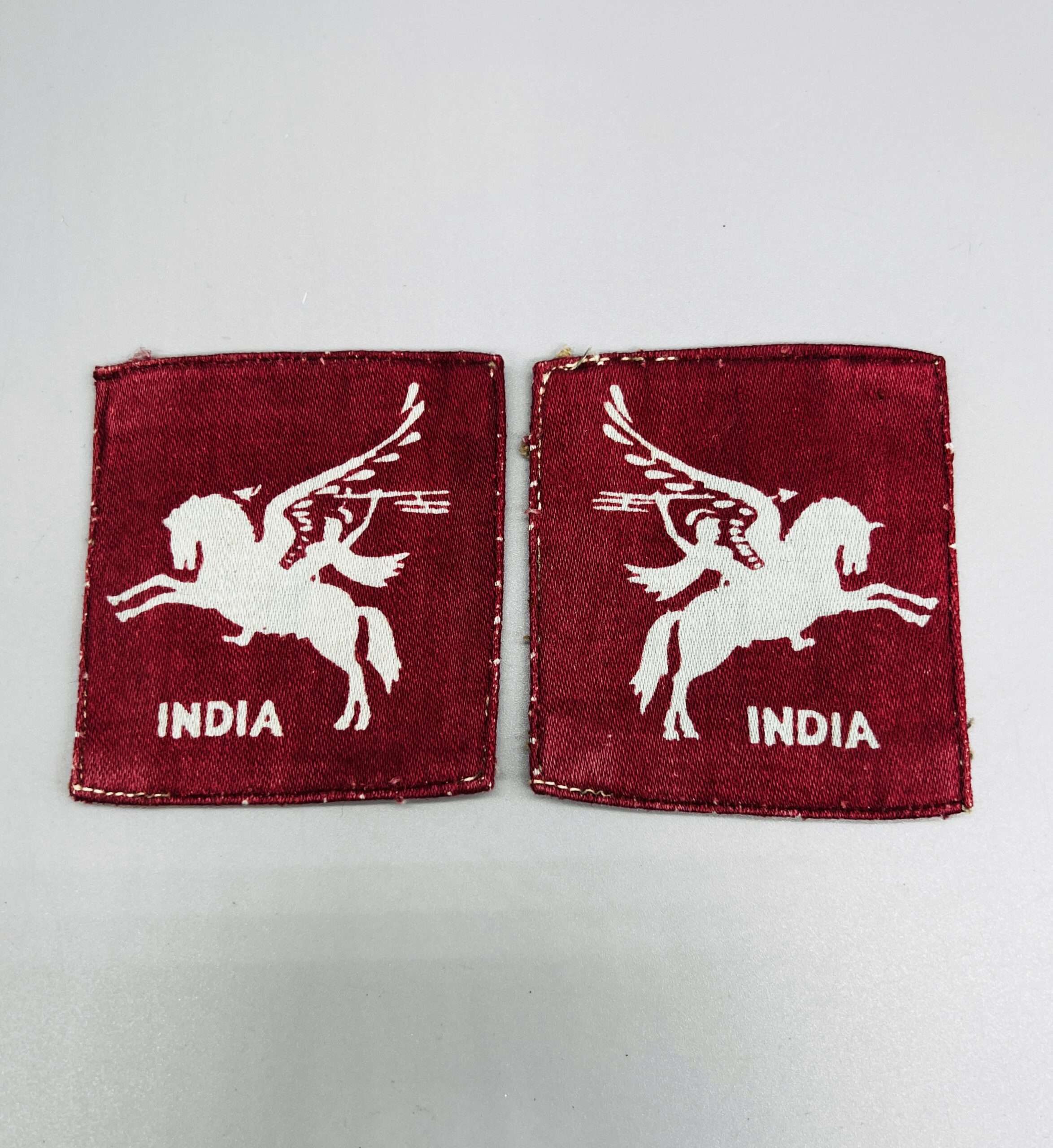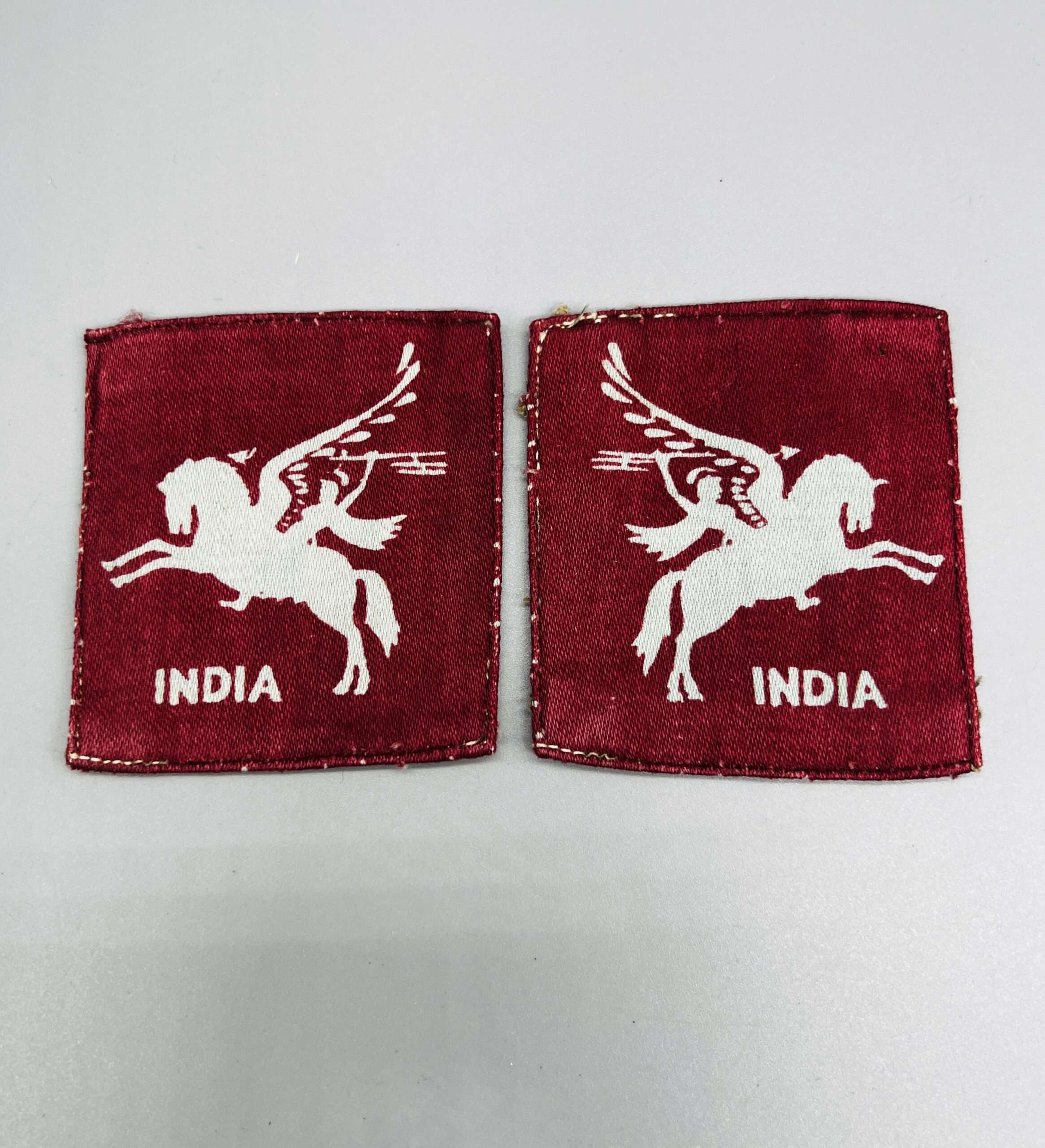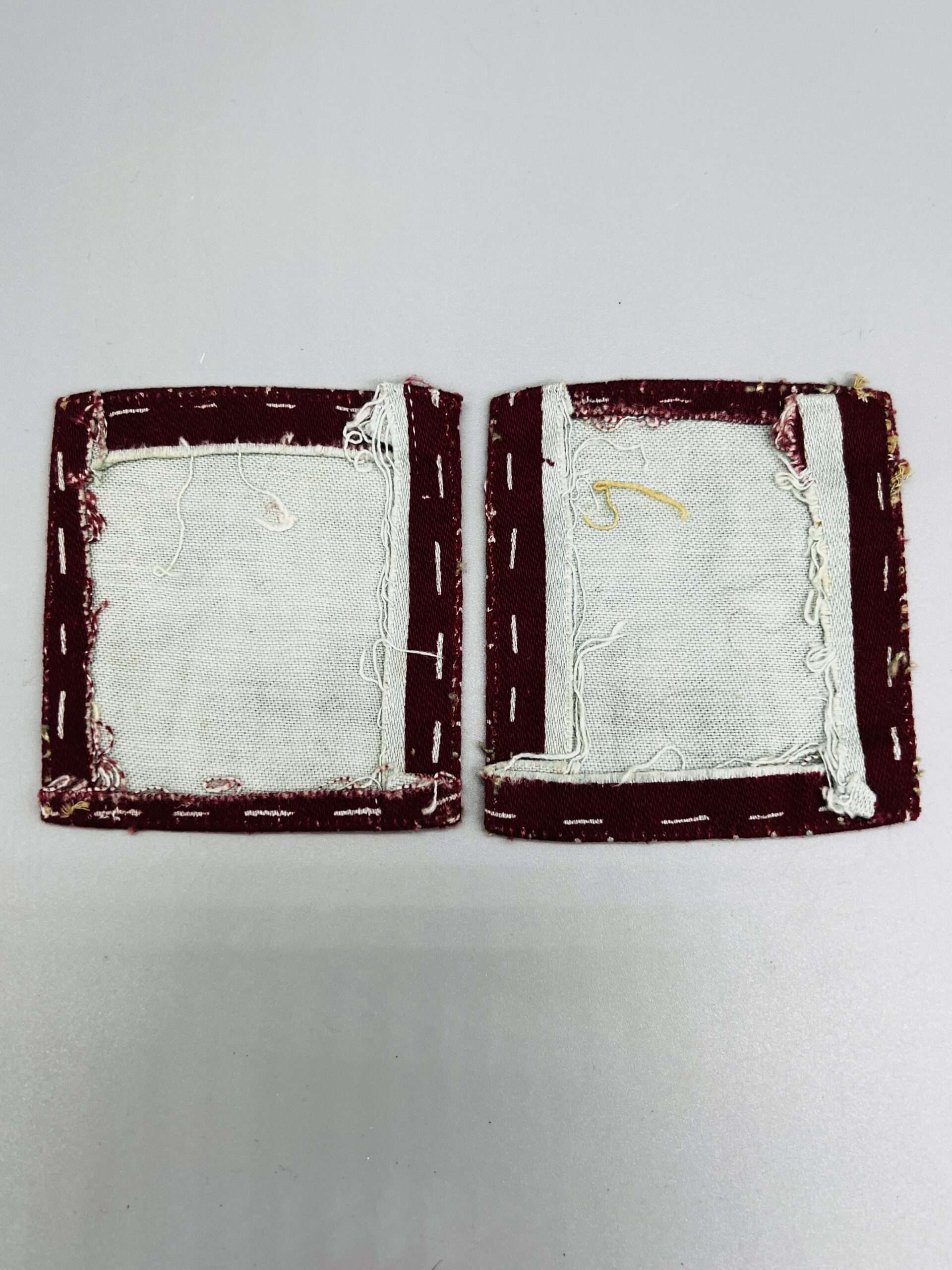Description
44th Indian Airborne Division Brief History
The 44th Indian Airborne Division’s formation badge for the Second World War featured Bellerophon riding a winged Pegasus. This emblem was suggested by the renowned novelist Daphne Du Maurier, who happened to be married to Major-General F. A. M. ‘Boy’ Browning, the inaugural Commanding Officer of the 1st British Airborne Division. Interestingly, the same motif was worn by the 1st and 6th British Airborne Divisions and later adopted by the 44th Indian Airborne Division.
The establishment of the 44th Indian Airborne Division came about as there was no requirement for an Indian Armoured Division in South East Asia during the war. Consequently, the 44th Armoured Division was disbanded in March 1944, and its headquarters along with divisional personnel were utilized to form the 44th Indian Airborne Division in April.
The division comprised one air-landing brigade and two Indian parachute brigades, each consisting of one British, one Gurkha, and one Indian battalion. On a remarkable note, a battalion group from the 50th Indian Parachute Brigade executed a successful airborne drop onto Elephant Point during the recapture of Rangoon on 1 May 1945. This remarkable event marked the only instance where Indian airborne troops fulfilled their intended airborne role during the course of the war.





